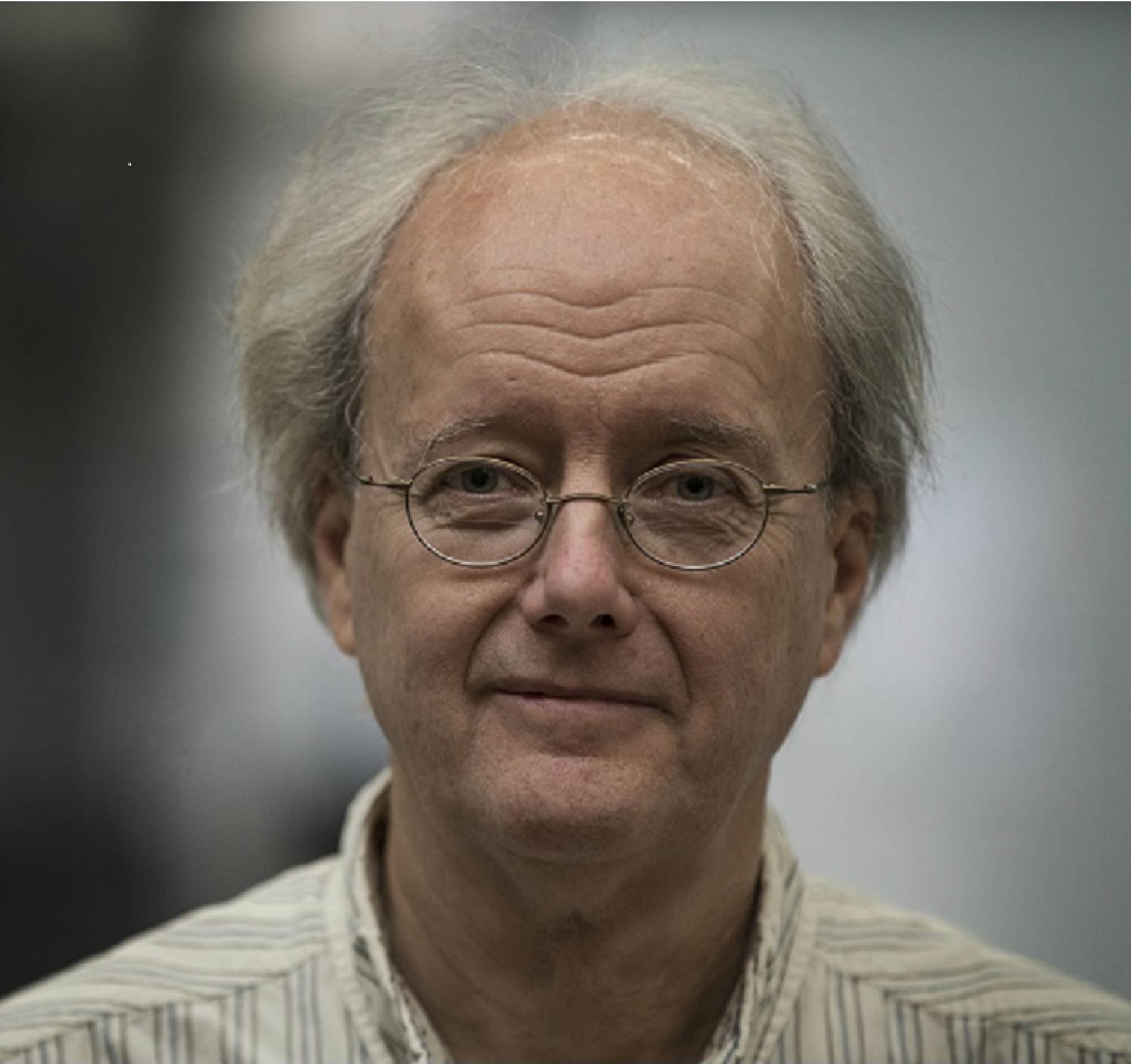|
Welcome to the home page
of Dept. of Space,
Earth and Environment
|

|
Curriculum
Vitae, Anders Lyngfelt Data PhD
in Energy Conversion 1988, Docent in Energy
Technology 1992, Professor 1999 Research overview. Before
1998 Lyngfelt’s his main field of research was
related to fluidized bed combustion with focus on
sulphur capture process Lyngfelt has made
Chalmers world-leading in chemical-looping
combustion (CLC), initiating this research in
1998. CLC is a novel combustion technology where
fuel and combustion air are not direct
incontact, instead the oxygen needed for
combustion is transferred from air to fuel by
means of an oxygen carrier. Thus, the combustion
products, i.e. carbon dioxide (CO2)
and water vapour, are not diluted with the
nitrogen in the air, and therefore an
essentially pure CO2 is obtained
after condensing the water vapour. This means
that CO2 capture is accomplished
without the expensive and energy demanding
separation normally needed. It is expected that
CLC could lower the cost of CO2
capture with a factor two to four. Chalmers was
first to successfully demonstrate this novel
combustion principle in 100 h operation of a 10
kW pilot.
The
research focus is now negative CO2
emissions and, in addition to bio-CLC, Lyngfelt
has studied the consequences of leakage of stored
CO2.
IJGGC-19
Lyngfelt
has proposed a policy instrument aimed at
fulfilling the target of maximum 1.5 degree
warming, which imposes a CO2 emitter
liability, ACORDs.
Thus, the emitter is obliged to remove his
emissions from the atmosphere and to accomplish
this, the emitter is enforced to pay for deposit
deeds corresponding to his emissions. The deposit
deeds, including returns, are redeemed upon
certified proof of removals.
Lyngfelt
is
the author/co-author of 248 scientific
publications, with 22,843 citations, and an H
index of 77 (Scopus, April 2025) and Lyngfelt is
in the list 2019 Highly cited researcher, Web of
Science, as one of "3,000 highly cited researchers
in 21 fields of the sciences and social sciences",
”In recognition of ranking among the top 1%
researchers for most cited documents, in their
specific field”. Worldwide,
ScholarGPS
ranked Lyngfelt as No. 1 on Solid fuel,
No. 7 on Greenhouse gas and No. 10 on Combustion.
Conferences Lyngfelt brought the 3nd
International Conference on Chemical-Looping,
Chalmers, Gothenburg 2014, with 180 participants
to Sweden. Lyngfelt
further
initiated the start of a new conference series: 1st
International
Conference on Negative CO2 Emissions, http://negativeco2emissions2018.com
2nd International Conference on Negative CO2 Emissions, http://negativeco2emissions2020.com, Chalmers, Gothenburg, Sweden, June 14-17, 2022, [3]. The 2nd
conference had 315 participants, 12 keynotes and 140 orals/papers. All the
three conferences were organized by Carl
Linderholm.
In addition to first demonstration of CLC with gaseous, solid and liquid fuels, as well as the first demonstration of the use of a number of monometallic or combined oxygen carriers, the work involves a number of breakthroughs in different aspects of chemical-looping technology, e.g. i) Proposal of: chemical-looping steam reforming for hydrogen production with simultaneous CO2 capture, ii) Proposal of Chemical-Looping with Oxygen Uncoupling (CLOU), iii) Finding the potential for CLOU using oxygen releasing capabilities of a number of combined manganese oxides, i.e. Mn combined with Fe, Ni, Si, Mg and Cu, and iv) proposal of novel system for circulation in 200 MW design of combined CFB-CLC.
Research
projects Through a
number of international research projects, see
below, Lyngfelt has been in close collaboration
with appr. 25 companies, universities and research
institutes. The
major part of the funding of Lyngfelt’s CLC
research has come from EU, with a total budget for
his research of 10 M€. Thus, he
has been deeply involved in the conception of ten
EU/ EU-RFCS projects on CLC and coordinated
several: ·
GRACE 2002-2003,
coordinated by BP. ·
CCCC 2001-2004, EU-RFCS
project coordinated by Lyngfelt. ·
ENCAP IP-project
2004-2007, ·
·
Cachet, IP-project,
2006-2008, coordinated by BP, ·
ECLAIR, 2008-2012,
EU-RFCS project coordinated by Alstom. Project
based on experimental work by Chalmers in ENCAP
and initiated by Lyngfelt. ·
INNOCUOUS, 2010-2013,
EU-project coordinated by Lyngfelt ·
NoCO2,
2012-2017, ERC Advanced Grant, Principal
Investigator Anders Lyngfelt ·
ACCLAIM, 2012-2013, EU-RFCS
project coordinated by Lyngfelt ·
SUCCESS, 2014-2018,
EU-project co-ordinated by Techn. Univ. of Vienna,
based on proposal by Lyngfelt Moreover Lyngfelt
coordinated the Nordic CO2
Sequestration Programme (NoCO2),
2003-2006, funded by Nordic Energy Research. He
also coordinated the Nordic Project “Negative CO2”,
2015-2020,
one of three flagship projects selected for
funding out of >100 applications. ____________________________ 1) Haibo Zhao, 2022 Pioneers in Energy Research: Anders Lyngfelt, Energy Fuels 36:17 (2022) 9365–9370 2) The series is now well established and the 3rd conference was hosted by CO2RE, Oxford, UK, June 18-21, 2024. 3) The conference was delayed two years because of the pandemia. |
|